Thousands of Black Sea shipwrecks sit at the bottom of this merchant vessel graveyard.
Sometime in the 6th century BCE, a Scythian prince from the Black Sea region was entombed near Stuttgart, Germany. In his tomb, excavators found Chinese silk. This tells us that the trade of goods from east to west had already begun around the areas of the Black Sea. During the course of nearly 2,000 years, this sea would serve as a major hub for maritime Silk Road trade, fueling the wealth of the Byzantine and Ottoman Empires. There would be thousands of Black Sea shipwrecks throughout history, and with the help of innovative technology, a team of experts recently discovered more than 40 of them.
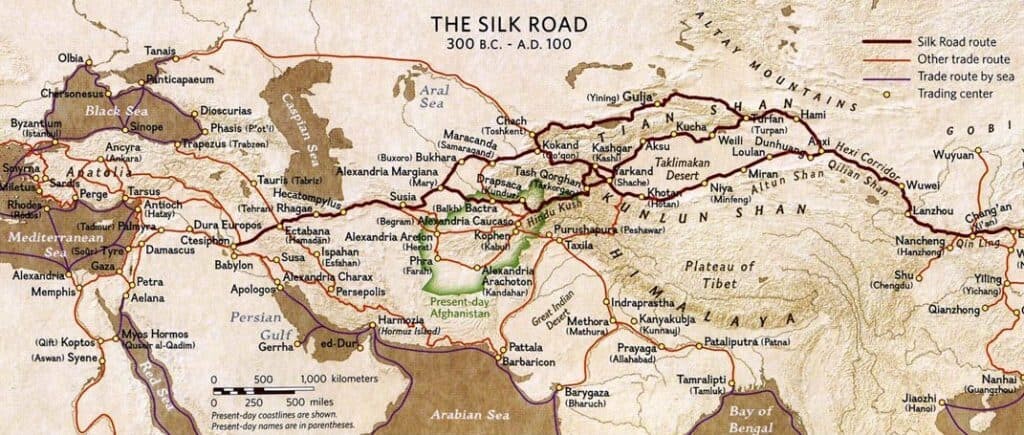
The international team, led by Professor Jon Adams, collaborates on the study called the Black Sea Maritime Archaeology Project (Black Sea MAP). Adams is a Professor of Archaeology and the Founding Director of the University of Southampton’s Centre for Maritime Archaeology. Expedition and Education Foundation (EEF) is funding the project.
Purpose of the Black Sea MAP
The mission of the Black Sea MAP is to “carry out geophysical surveys to detect former land surfaces buried below the current seabed, take core samples and characterize and date them, and create a fraught reconstruction of Black Sea prehistory,” according to Adams. This is to evaluate the changes to the Black Sea and the effects of the higher water levels since the melt-off of the last Ice Age 12,000 years ago. (University of Southampton).
Although the primary focus of the project is not to find Black Sea shipwrecks, the team considers it an amazing and welcome discovery.
Ethical Deep Sea Archaeology
Maritime archaeology is controversial, because many scholars and organizations, such as UNESCO, strive to ethically protect fragile ancient underwater relics. First and foremost, for purposes of research, the relics should be studied in their natural states. The Black Sea MAP study adheres to UNESCO’s 2001 Convention on the Protection of the Underwater Cultural Heritage by using innovative imaging technology that makes this possible.
New 3D Imaging Technology
The large tech-laden research vessel that makes the survey around the Bulgarian Black Sea possible is called the Stril Explorer. Two Remotely Operated Vehicles (ROVs) serve as the deep sea divers and imaging photographers of the expedition. “One [of the ROVs] is optimized for high resolution 3D photogrammetry2 and video. The other is a revolutionary vehicle developed by the survey companies MMT and Reach Subsea. Surveyor Interceptor ‘flies’ at four times the speed of conventional ROVs and carries an entire suite of geophysical instrumentation, as well as lights, high definition cameras and a laser scanner” (Adams, “Maritime Archaeology Expedition in the Black Sea,” Oct. 10, 2016, University of Southampton).
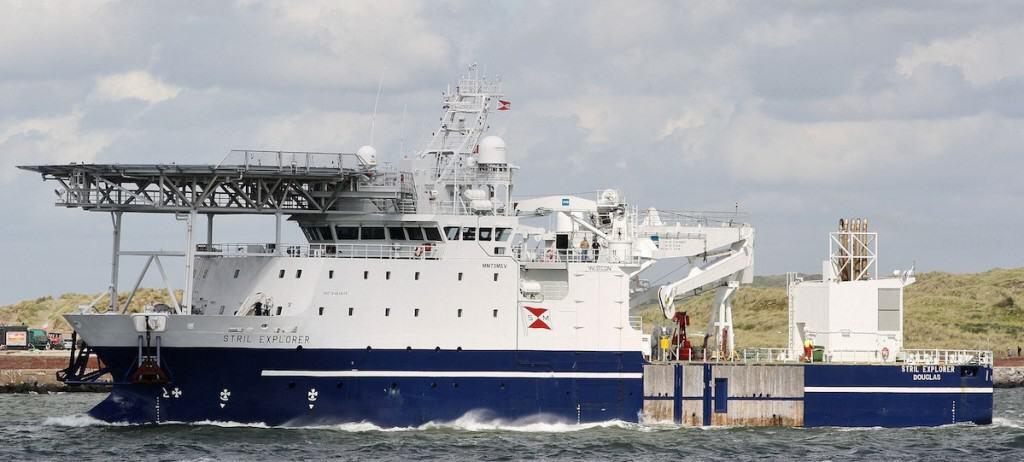
3D Photogrammetry uses a combination of photographs, video, and sonar remote sensing technology. The data is fed into sophisticated computer models to create amazing color images. According to the University of Southampton website:
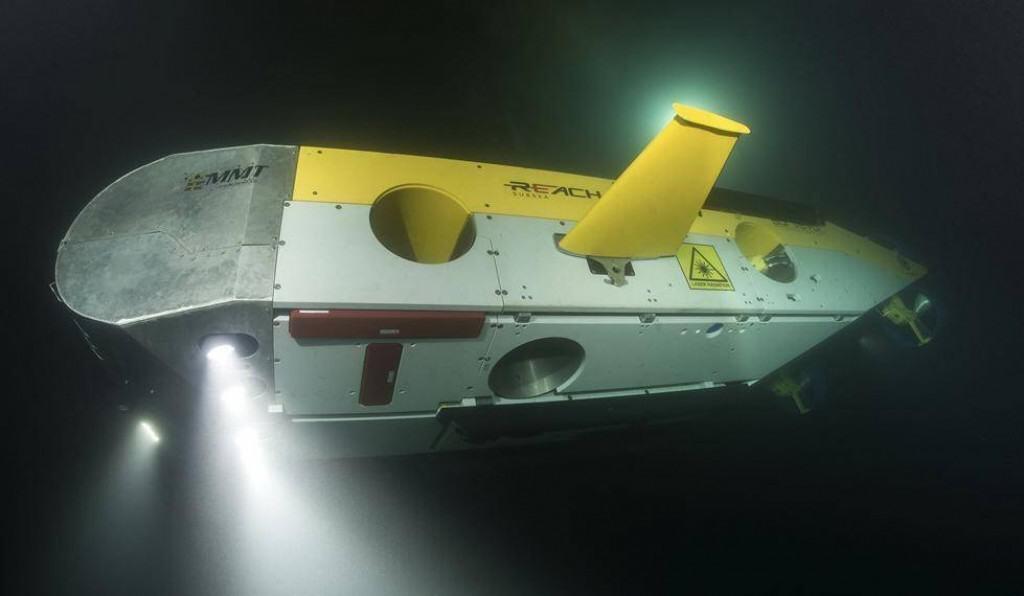
Software computes the 3D positions of millions of points in space in this case from thousands of photographs (taken by the cameras on the ROV) and builds the model. What is seen in the final image is the model rendered and overlaid with the colours and textures from the photos to create an accurate representation. Processing takes days even with the fastest computers. The project had six going 24hrs a day.
As the team uses these technologies to map out the sea floor, they are discovering sunken ships that date as far back as 1200 years to the Byzantine Empire.
Shipwreck History Found
The Preservation Zone of the Sea
Black Sea shipwrecks are highly significant and educational. Many of them are the real life versions of those only seen or described in historical documents but never found anywhere before. Their preservation is surprising due to salt water flowing in from the Mediterranean and settling at the bottom in a dense layer. This layer prevents oxygen from being able to reach depths below 150 meters, and poisonous hydrogen sulfide develops in high concentrations, making it impossible for anything to live.
Thus, there are less corrosion and organisms that would normally cause great damage to sunken ships. Many of the Black Sea shipwrecks are below 150 meters. This places them well within the preservation zone, making this a great treasure trove of history.
You May Also Like: The Sinking of the Mary Rose
Things that would normally rot rather quickly are intact, such as wood and rope. Additionally, ornate details are still visible, like carvings and chisel marks. The team nicknamed one of the ships “The Flower of the Black Sea,” because of its carvings of intricate flower petals on the deck and post tops.
“Flower of the Black Sea”
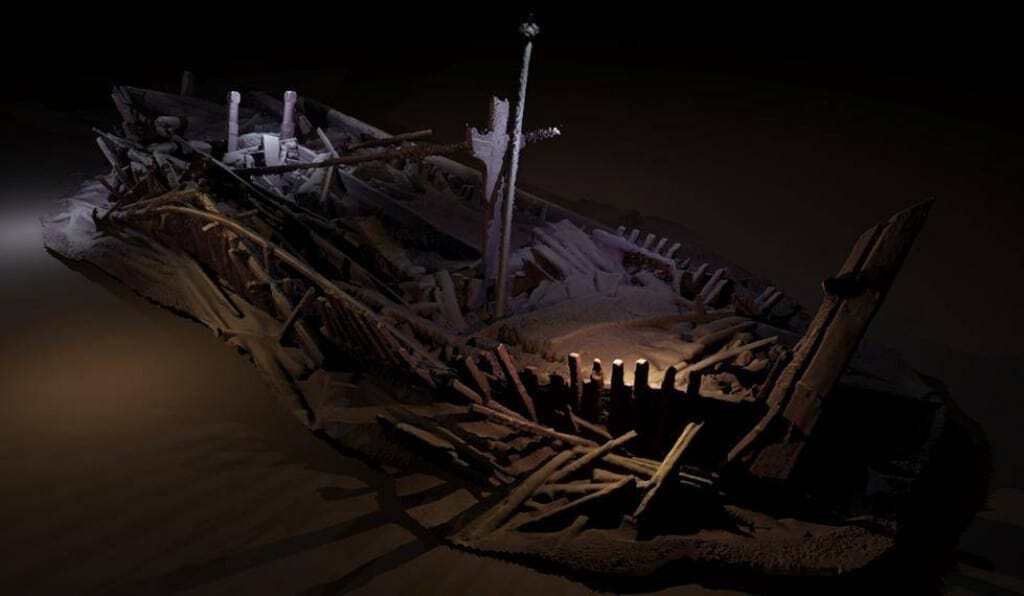
Most of the ships are old merchant vessels that had once carried any number of goods. Wine, lumber, animal furs, Chinese silk, precious metals and jewels, jade, perfumes, fine spices, oils and even human slaves were typical commodities. The Flower of the Black Sea dates to between the 17th and 19th centuries from the Ottoman Empire.
Ottoman Empire Shipwreck
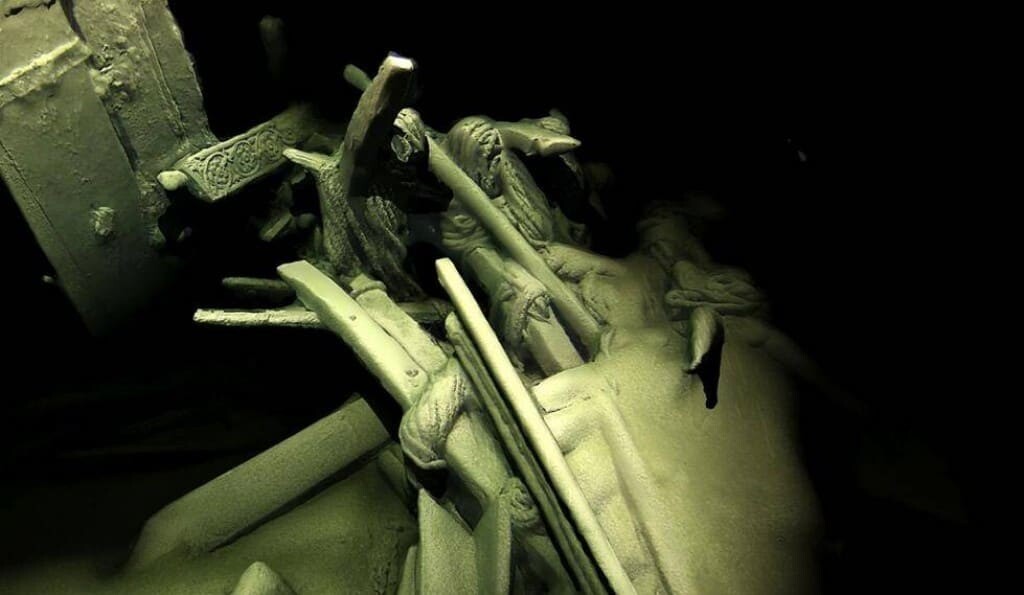
Another noteworthy specimen of the Black Sea shipwrecks is a medieval Italian vessel. Adams believes it originated in Venice around the 14th century. The large Venetian merchant ship, having ample space to carry bulk quantities of goods and people, is in a class called “cocha” or “round vessel.” As the ROVs scanned the depths one night, one of the team members, Dr. Batchvarov of the University of Connecticut, saw the images of the ship’s quarter rudder (a steering oar), which indicates that the ship is of the medieval period, before the transition to the central stern rudder.
Italian Medieval Shipwreck
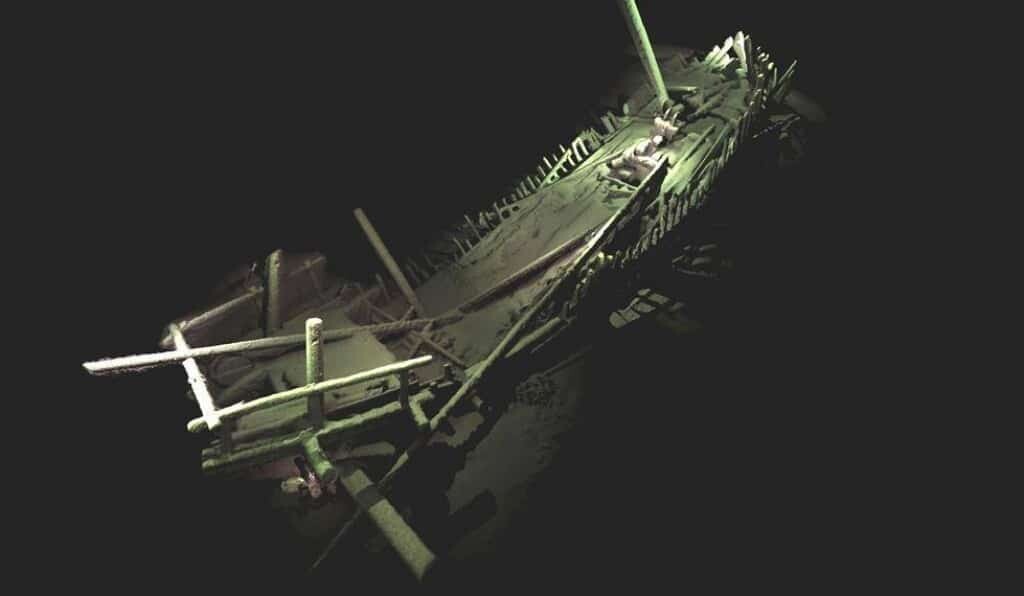
Ancient Byzantine Era Shipwreck
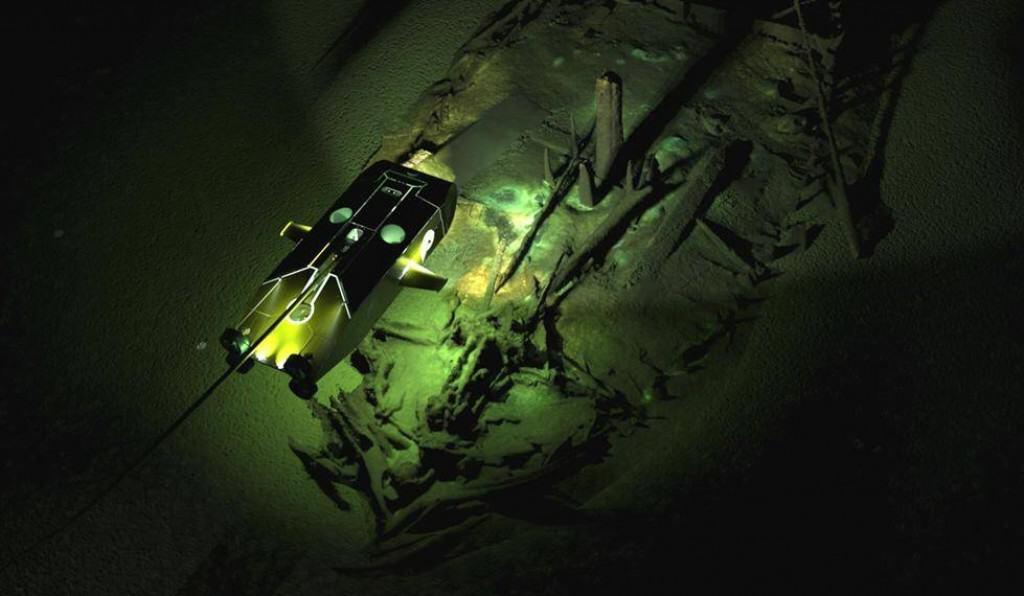
Brief History of the Black Sea
Although the team believes the medieval Italian shipwreck shown above came from Venice, Genoa also used the Black Sea route extensively for trade. Venice and Genoa fought each other in a number of wars for control of maritime routes. This included use of the Black Sea, which lies strategically along the Northern Silk Road between Europe and Asia. Europe relied heavily on the Black Sea to move large quantities of goods to and from the east. Therefore, whomever controlled the Black Sea controlled vasts quantities of wealth and power. Hence, the Byzantine and Ottoman Empires were amongst the most powerful kingdoms in history. Additionally, their capital cities guarded the entry to the Black Sea at the Bosphorus Strait.
However, the history of the region stretches back even farther than the Byzantine Empire. The Persians fought the Scythians who had settled the northern half of the Black Sea by 500 BCE. Greeks had built many settlements along its shores and established Byzantium, which the Persians also conquered. When Alexander the Great beat the Persians around 334 BCE, he obtained all of Asia Minor, including the south and west shores of the Black Sea. The Romans took control after many battles, and they established the Byzantine Empire and Constantinople as its capital. However, they eventually lost it to the Ottomans around 1453.
In the January 2017 article of Archaeology magazine, “Hoards of the Vikings,” describes how the Vikings of Gotland, an island east of Sweden, “…would sail east to the shores of Eastern Europe and make their way down the great rivers of western Russia, trading and raiding along the way at least as far south as Constantinople, the capital of the Byzantine Empire, via the Black Sea.”
Stories Behind the Black Sea Shipwrecks
Perhaps never before in history has anyone discovered this quantity of ancient shipwrecks that span many time periods and styles. Nor have any been found that are so pristinely preserved that every detail can still be seen. Even now, thousands more lie at the bottom, waiting to be discovered. The ships themselves are spectacular in their ability to convey the history of their time and culture. However, the greatest intrigue lies in the details of the stories that remain buried with the sunken vessels. Those are the stories of lives lost and wealth gained, of whole empires conquered and destroyed, and of journeys fraught with blood, sweat, and tears, all for control of the maritime Silk Road along the Black Sea.
References:
University of Southampton
UNESCO
Wikipedia, “Silk Road“
National Geographic
New York Times